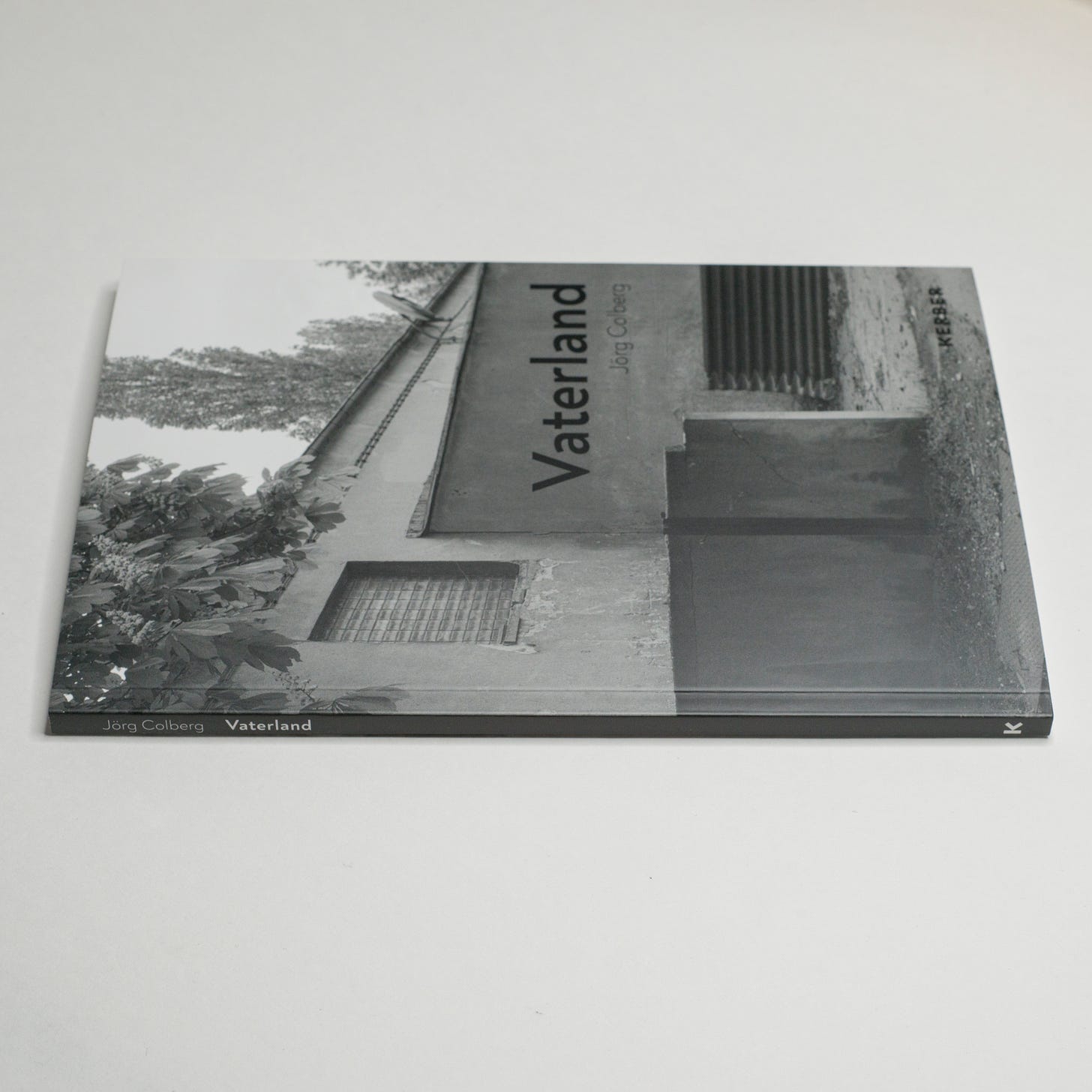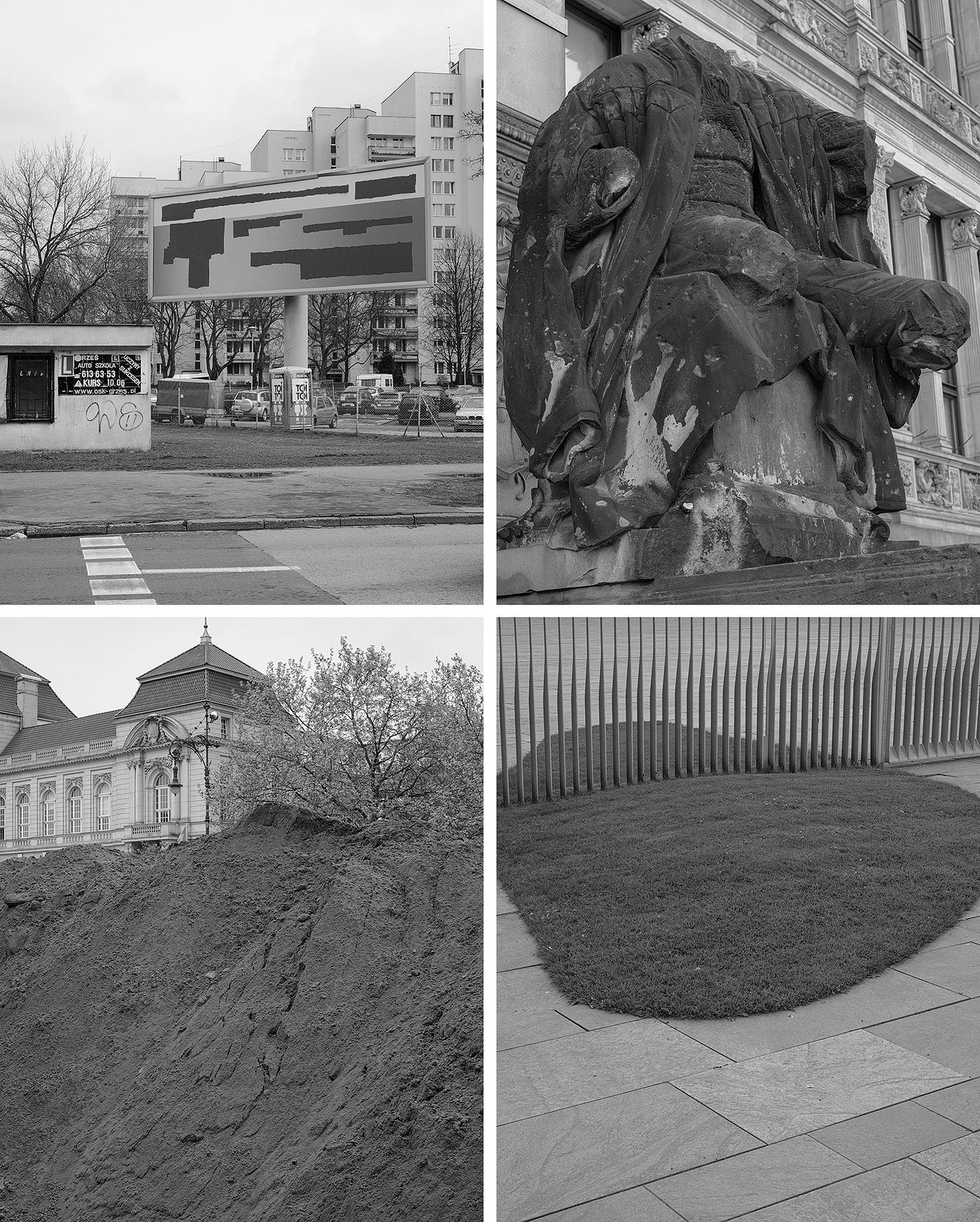Some salty discharge that blurred my vision
In which I talk about what the inside of my head sounds like and about facing a lot of copies of my own book
There are a few pieces of music that I keep coming back to, music that somehow doesn’t age, that sounds as fresh as when it was first made. The Köln Konzert by Vert is an example. The album originally was released in early 1999. It’s a remix of Keith Jarrett’s eponymous album that I admit I have never listened to. Technically speaking, the term “remix” describes what’s going on, but I don’t think it does the music any justice. Musically, there is so much going on; once you’re immersed yourself in it as a listener it’s a completely new world.
While I’m at it, in the early 2000s Marc Leclair released a small number of completely groundbreaking tracks. Music being music, I’ve seen them described in all kinds of ways, with the term microhouse maybe being the one that comes closest to what’s going on. The music is completely fractured, an effect that is based on the fact that it’s composed of a huge number of very short samples of radio programs. The above gives you a pretty good idea.
I remember when his first album (My Way) came out. That was just something I hadn’t heard before. I mean just listen to Deck the House. Listening to it has always given me some anxiety — but of a completely good kind. I used to joke to people that that’s what you’d get if you had a microphone in my head (nobody ever got the joke, plus the inside of my head doesn’t run on a House beat).
People talk about how algorithms are fucked up, especially on YouTube. When scrolling through the other videos somehow connected to Deck the House, there was mostly electronic music. But Hermann Göring’s Special Train (not going to link to it) really stood out.
How do you even get an algorithm to just throw some random Nazi shit at people?
That’s insane.
Last week featured a pretty emotional event for me, namely the arrival of copies of my very first photobook, Vaterland. I had started work on the book in late March 2019 in Berlin where I created the first dummy (that roughly contained the first 2/3 of the book). This involved editing with lots of prints on the floor and creating the sequence in one big push, late some night.
Back in the US, in early summer 2019, I added the rest of the book in somewhat equal fashion. I then shared the edit/sequence with a very small number of people who helped me swap out some of the pictures. At some stage in late 2019, I eliminated one picture near the end.
This is not going to surprise anyone, but finding a publisher was the most difficult part. Without going into irrelevant details, I thought about publishers whose books I enjoyed and that would be a fit for the book. And I spoke with colleagues about their experiences. When I approached Kerber, the book’s title had become Vaterland (changed from an earlier version that actually was too loose and didn’t make much sense).
Making a book during a pandemic is not ideal. You can’t meet people because you can’t travel. OK, I actually could have traveled from the US to Germany, given I’m a German citizen. But I’m not insane.
The people at Kerber were incredibly accommodating and patient. Whenever I had a question or concern, they were available. They were open and upfront about every part of the process, so I always knew what was going on. That’s what you want when you work with a publisher.
This is not the greatest picture of one of the printed sheets in my office/studio, but you might get the idea. I originally had had a specific paper in mind. During the process I concluded it would be too thin and flimsy. Kerber sent me some books as possible examples, and I picked the paper and printing used in one of them. The above is a proof sheet that shows sample photographs from the book, printed on that paper with four different curves. I had to pick one, thus knowing what the end result would look like.
Just as an aside, at some stage, a German friend told me that the maker of the paper I originally had in mind had filed for bankruptcy: one of the many victims of the pandemic. Their business didn’t survive.
Back to the book, the period between the day when I gave the “go ahead” for the printing and the day when I held the book in my hands were the most stressful. There was nothing for me to do other than wait. After the books had been shipped, the carrier kept sending me updates, including one where they said it would take a day longer. And then suddenly, it didn’t take a day longer, with the books arriving on their original day.
So there they were, the copies of the books. There might have been a brief sudden increase in humidity behind my glasses when I first held a copy, some salty discharge that blurred my vision. I got over it quickly.
I admit I was surprised how well the book had turned out. I don’t mean the technical aspects — the folks at Kerber clearly know what they’re doing, and they did an excellent job. I mean the form of the book. I had wanted something that didn’t scream “precious art book”, something that would be affordable (in other words, I didn’t want to make a $60 hardcover book).
I wanted something impactful, but not merely through the materials.
I think I got it.
It feels strange to write this, but four years of very hard work went into the book, and it’s just so good to see it. I live in a country where everybody is always proud of something, including the fact that they’re born here (hello?). At some stage, I decided to never, ever use that work, “proud”.
I can say that this book is what I wanted to make, and I’m happy it turned out the way it did.
I still have copies of the book for sale, so if you want to buy one, please email me (jmcolberg@gmail.com).
I also decided to create a special edition: a signed copy of the book plus an 8x10 digital silver-gelatin print of one of the four images above for $125 (that’s an analogue b/w print from a digital file). This might make for a great present for someone (or yourself), or maybe you know someone who might be interested. Again, email me (jmcolberg@gmail.com) if you’re interested.
Originally, the book was supposed to be introduced at Paris Photo. While I’m not the schmoozing type, I had been looking forward to showing my book and talking about it. Alas, it wasn’t going to happen.
In some ways, I can’t really complain, because a lot of photographers are finding themselves in the same position. Plus, there are all those people who have an even harder time dealing with the pandemic.
Still… Having the book now feels a little bit like releasing it into a big void.
Oh well.
I’m sure I’ll get over it some day.
I promise this is the last time I’m writing about my book. I felt that given I had told you so much about it, the nitty gritty might be interesting as well.
The winter is likely to turn out very grim, especially in the US, so please stay safe and well.
We can do this.
As always thank you for reading.
— Jörg
I’m a freelance writer, photographer, and educator currently living and working in the US.
This Mailing List is my attempt to bring back some of the aspects that made early blogging so great -- community engagement and a more relaxed and maybe less polished approach to writing and thinking about photography. You can find the bulk of my main writing on CPhMag.com.
If you like what you read and would like to support my work, you can. Large parts of my work are fuelled by black and green tea, and I appreciate your support very much!
You can also support me by liking this email, by sharing it with others, and/or by emailing me back to tell me what you think. I'd love to hear from you!








